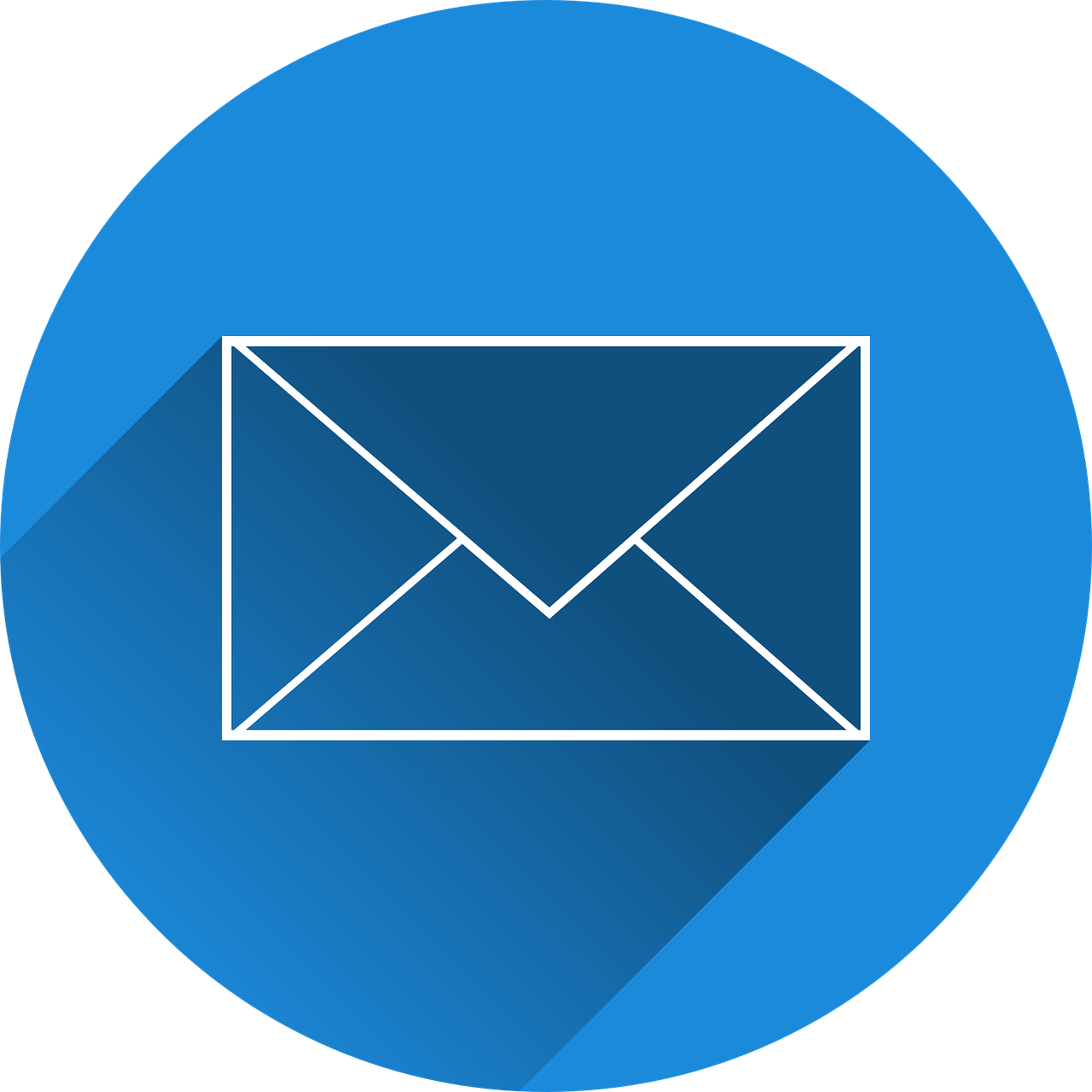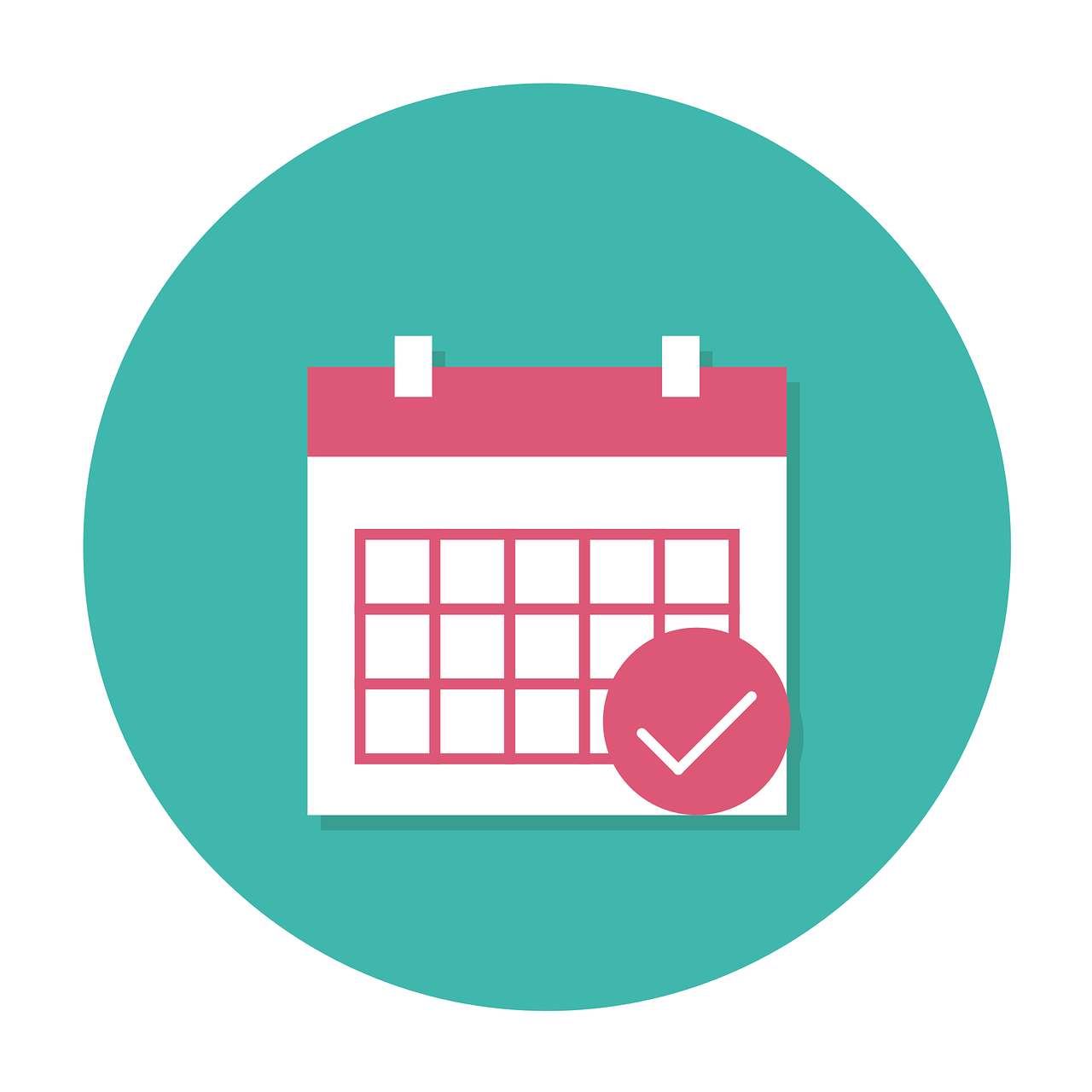Content begins here
Contenido de la página principal
Pulsa para colapsar
Email Marketing
Email marketing is a promotional technique that involves sending commercial messages, usually to a group of recipients, via email. This is one of the most effective channels for customer acquisition.
Don't spam!
Spam is an email for which the user did not ask for, nor did he decide to receive it. Bulk mail can also be spam, which is mail sent by hundreds or thousands of users who have not decided to receive it. If you send spam, you may end up on the blacklist. Senders who are on this list can be blocked by users. Going blacklisted also means the end of your email marketing campaigns, which can be very detrimental to the brand.
In this lesson, we will learn...
what email marketing is, what are the steps of the email marketing process, and how you can track parameters such as open rate, total opens, unique opens, click to open rate.

Resource: Pixabay
Email marketing process
- Who are you sending an email to?
- The structure and appearance of the message.
- How and when do you send an email?
- Monitor your email campaigns.
Who are you sending an email to?
The first thing when you start an email marketing campaign is to know your audience, if you haven’t already, target the group to whom you will send the email.
To avoid your email ending up as spam, you need to build a list of users who have subscribed to receive emails from you. That is a list of users who are interested in your brand and want to communicate with you.

Resource: Pixabay
You can collect user data both online and offline.
Online collection methods are forms for registration on the website, through social networks as well as in various stages of the customer's online travel. Forms on the website should be simple, unobtrusive, and can be located on any page on the website or pop up when entering the website. Also, these forms must be visible and not interfere with the user experience on the site. A large registration form that completely covers the page will not have the same effect as a small form that is clearly visible but does not completely interfere with the user's activity on the site. You can also use social platforms to build your list of users by inviting them via social networks to register by leaving their email to get a certain benefit. During the online consumer trip, you have the chance to ask the user for an email address and consent to add him to the newsletter list so that he can continue to receive news about events and promotions that you organize.
The offline way to build a list of subscribed users is through paper materials such as flyers, packaging, business cards. Another way is by organizing events, such as lectures, workshops, meetups. The last way to build a list offline is, as with online mode, on a consumer trip. When you make a list of users, that is, collect data, you must know how to use it. The list of users is useless if you do not know how to use it. You will not send the same messages to all users. For example, you will not send a welcome email to a user who is subscribed to receive an email from you after a couple of weeks or months.
The structure and appearance of the message.
Email is a personal zone in digital marketing. What does it mean? Email is personal mail, the private space of a certain person. Therefore, even when sending an email to a user list, you must be able to adapt to this fact.
Every message you send must be carefully created. The message must have a strong and clear call to action. Create a compelling and interesting message subject that will attract users to open the email.

Resource: Pixabay
How and when do you send an email?
When we talk about the success of an email marketing campaign, we can say that timing is everything. What you need to know is the time in which users will most likely open your email. The recommended time to send an email is from 5 in the morning to 9 in the evening. This time may vary from the industry in which you operate, the content of the message you send, but in any case, it is more likely that users will open the email in the evening because many people do not have access to their email addresses at work. It is also advisable to test and thus determine whether you have correctly concluded in what period your users open the email.

Resource: Pixabay
Regular monitoring of email campaigns.
What makes digital marketing different from traditional marketing is the fact that you can track and analyze almost anything.
When it comes to email marketing, you can track parameters such as open rate, total opens, unique opens, click to open rate.
- Open rate. This is the percentage of recipients who have opened or viewed your email.
- Total opens. The total number of times recipients have opened your email
- Unique opens. The total number of opens of original, or unique, subscribers.
- Click to open rate. The number of unique clicks separated by the number of unique opens expressed as a percentage.
By monitoring and analyzing your email marketing campaign, you get information about the quality of your subscriber list, the relevance of the message content, as well as the effectiveness of the email title.
Some more of the metrics you should pay attention to are:
- Click-through rate. The percentage of subscribers who opened your email and clicked on a link inside that email.
- Unique clicks. The entire number of unique users who clicked on a link.
- Total clicks. The entire number of clicks from users.
- Unsubscribes. The number of subscribers who unsubscribed, and no longer want to receive your emails. This metric is usually a good indicator of whether you're targeting the right audience.
- Bounce rate. The percentage of emails that could not be delivered to subscribers and were sent back.
What are the most common mistakes with email marketing?
- Sending emails without permission
- Ineffective "subject" or irrelevant to the recipient
- Highlighting irrelevant content
- Not looking at numbers
- Send content that is not "responsive" or mobile-friendly
- You only send emails when you sell something
- Sending mass emails from a personal email account
One of the most popular tools you can use when creating and sending a marketing campaign via email is Mailchimp.
Conclusions
Email marketing is one of the most effective channels for customer acquisition. Therefore, it is very useful to include email marketing in your overall digital marketing plan.
Video and PDF presentationPulsa para colapsar
The following video explains the content of this lesson and shows some examples:
Video T5.L1. Email Marketing
Here you have the content of the video in pdf in case you need to use it in your classroom:
Lesson contents in PDFPulsa para colapsar
Here you have the contents of the lesson in PDF:

